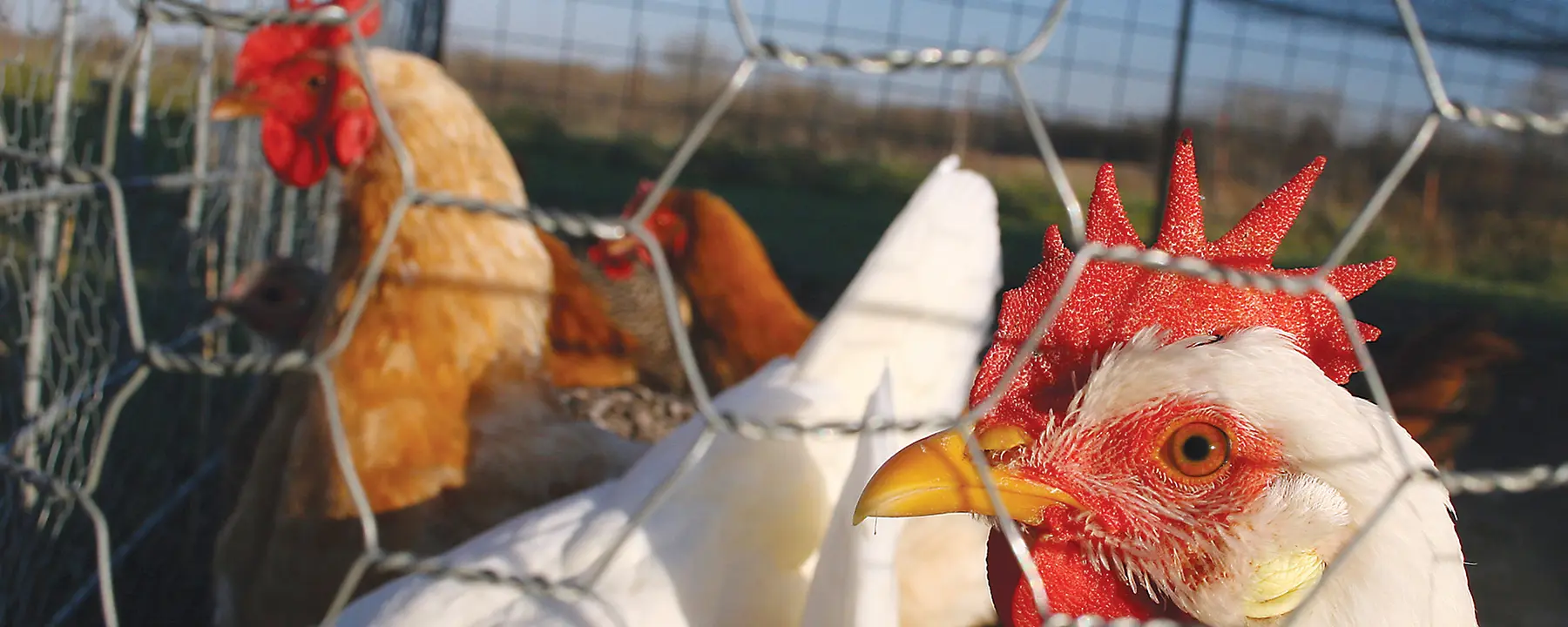Expert technical assistance in environmental assessment and nutrient management planning for farm operations in 20 states
America’s livestock operations can have direct effects on our sensitive environment. With hundreds of millions of tons of animal manure produced each year, farmers face management challenges to minimize nutrient runoff, odors, ammonia, greenhouse gases, and particulates. But many farmers are not fully aware of these impacts, or of what they can do to minimize them. Small livestock operators can benefit from outreach and education programs to assess and inform them of potential impacts from their operations, advise them about the best manure management practices for their farms, and orient them to cost-sharing and other funding opportunities to help finance adoption of new technologies and practices.
In the mid-2000s, Congress funded efforts to reduce nutrient runoff from dairy, poultry, beef, and swine, and other livestock operations. CLEAN-EastTM began in 2007 as one of two EPA projects offering environmental assessments and technical assistance, at no cost, to farmers who volunteered. Under a 4-year cooperative agreement with the EPA, RTI and its partners were tasked with providing CLEAN-East services in 27 states east of the Mississippi River.
Delivering Expert Assessment and Planning Tools in Areas with High Potential for Environmental Benefits
Our goal was to develop environmental assessments and nutrient management plans for as many farms as possible, and in the process, increase farmers’ awareness of the environmental effects of their operations.
We worked with North Carolina State University and many other partners to help us reach hundreds of farms in more than half the states in the country. As the project got underway, we assembled an advisory panel of national experts and USDA-registered Technical Service Providers. With their support, we developed environmental assessment and nutrient management plan tools.
To ensure the greatest possible benefits to water and air quality, we used GIS analysis to pinpoint areas in which assisting farms would produce the most environmental benefits, such as improved water quality. We analyzed the economic incentives that could attract or deter farmers from participating, and we identified ways to overcome those barriers. Our expertise in GIS, economics, environmental sciences, and engineering contributed to our success.
We trained Technical Service Providers who visited the farms, conducted the environmental assessments, prepared the nutrient management plans, and recommended Best Management Practices. To help encourage participation, all farm-specific data from the assessments were kept confidential.
Raising Awareness of Best Practices and Demonstrating Potential for a Healthier Watershed
By completion in 2012, CLEAN-East had reached 429 farms in 20 states. Most of the participating farms were located in the mid-Atlantic and Midwestern regions. Dairy farms made up the largest livestock category, with 42 percent of the total, followed by poultry (18 percent), beef (16 percent), swine (8 percent), and other, such as horses and sheep (3 percent).
The project achieved its goal of raising awareness among farmers. The no-cost, confidential nature of our assessments helped attract farmers to volunteer for CLEAN-East. Based on follow-up surveys, we found that 90 percent of responding farm participants strongly or somewhat agreed that they were more aware of environmental challenges.
We conducted a case study to estimate the effects of CLEAN-East on water quality in the Chesapeake Bay watershed, home to 104 of the farms we served. Acknowledging the small size of this sample of more than 80,000 farms in the watershed, we projected that scaling up our services and subsequent adoption of recommended practices could help reach up to 78 percent of nitrogen and 39 percent of phosphorous reduction goals and improve the health of the Bay.
- U.S. Environmental Protection Agency (EPA)
